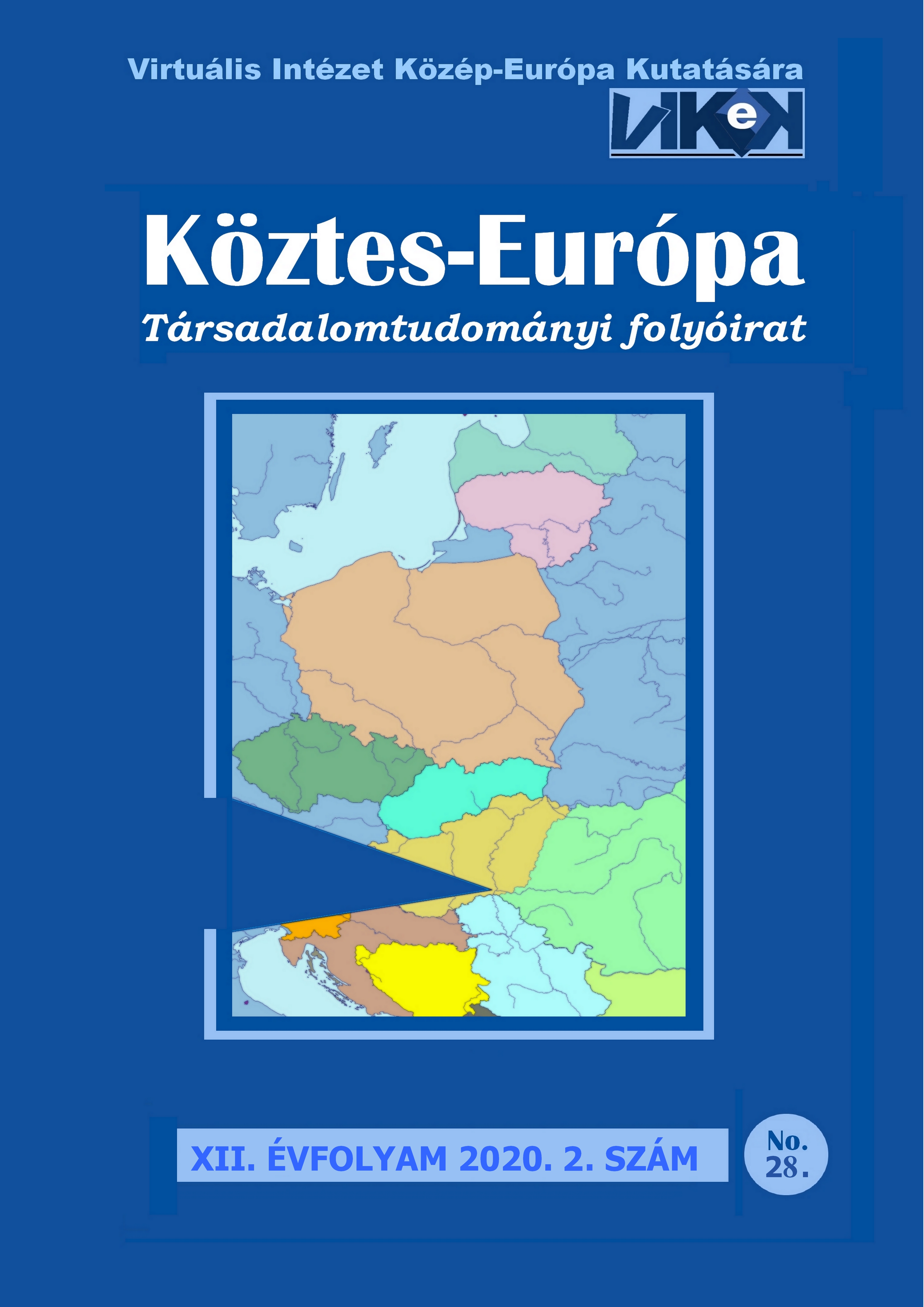II. Rákóczi Ferenc alakjának identitásképző ereje Kassa példáján FERENC II. RÁKÓCZI’S ROLE IN INDENTITY-BUILDING. THE CASE OF KASSA
##plugins.themes.bootstrap3.article.main##
Absztrakt
Rákóczi’s War of Independence had memories after the long war, for example in the historiography and local memory. After two centuries the reigning king of Hungary (Franz Joseph I) had decided to allow the reburial of Rákóczi and his fellow comrades. After a long time Rákóczi and his allies had come home, first in Budapest, than in Kassa. After the Treaty of Trianon (1920) the former memorial land spaces of Rákóczi had broken away from Hungary. After the First Vienna Award (1938) many territories had been given back to Hungary. Kassa was given back as well in that period. Kassa became the current European Capital of Culture in 2013 which had a huge effect on remembrance. The Hungarian Parlament has made two different decisions on Rákóczi’s remembrance. In 2013 they instituted a national day for the war of independence (6th of May). In the 21st century finding and building local and national identities had become an object to achieve for Slovakia and Hungary. Capturing Kassa three times (1706, 1906, 1938) also had an effect on both of these nation’s national identity. After a long and unfriendly relationship, the two countries have started to get in touch with the help of the common past, which can be used as a positive tool for reconciliation. I think that Rákóczi’s image can be used for that purpose.
Írásomban három történelmi bevonulás segítségével kívánom prezentálni egy „közös” emlékezeti hely kialakításának lehetőségét Kassa példáján keresztül. II. Rákóczi Ferenc először 1706-ban vonult be Kassa városába, ahol megköszönte az ottaniak hősies védekezését. A Rákóczi-szabadságharc emlékezete messze túlmutatott az 1711-es szatmári békekötésen, így annak fénye és dicsősége évszázadokon keresztül megmaradt. A 19. század második felében a „kuruc romantika” és Thaly Kálmán munkásságának köszönhetően a korszak és szereplői komoly figyelmet kaptak. Ennek egyik legjelentősebb eseménye az volt, amikor 1906 októberében - hosszas kutatás és politikai csatározások után - hazahozták II. Rákóczi Ferenc és társai hamvait és Kassán helyezték végső nyugalomra.
A trianoni békeszerződés (1920) következtében Kassa – és egyben Rákóczi emlékének helyszíne - elszakadt a magyar állam történelmétől. Rákóczi emlékezeti helyét 1938 november 11-én „foglalta el” Horthy Miklós, akinek bevonulásához az első bécsi döntés adott jogi alapot. Az eseményről készült képsorozat szimbolikájában is felhasználta Rákóczi alakját, mint az akció legitimáló tényezőjét. Kassa 2013-ban lett Európa Kulturális Fővárosa, ahol fontos szerepet játszott az ott található Rákóczi-emlék is. A 21. században az identitások keresése során kiemelkedő szereppel bírhat Kassa háromszoros „bevétele” úgy a magyar, mint a szlovák állam számára egyaránt. A korábbi évszázad feszült viszonyai után lehetőség van a kibékülésre, ahogyan Rákóczi emléke mindkét fél számára pozitív jövőképet biztosíthat. Így a történelmi sérelmek helyett a közös emlékezés terei lehetnek a tárgyalások és az együttműködések alapja.
Abstract
In my paper I would like to present a remembrance place in connection with Ferenc II. Rákóczi. He was marched into the city in 1706 to thank the citizens for their resistance. The remembrance of the Rákóczi’s War of Independence had memories after the long war, for example in the historiography and local memory. After two centuries the reigning king of Hungary (Franz Joseph I) had decided to allow the reburial of Rákóczi and his fellow comrades. After a long time Rákóczi and his allies had come home, first in Budapest, than in Kassa. After the Treaty of Trianon (1920) the former memorial land spaces of Rákóczi had broken away from Hungary. After the First Vienna Award (1938) many territories had been given back to Hungary. Kassa was given back as well in that period. Kassa became the current European Capital of Culture in 2013 which had a huge effect on remembrance. The Hungarian Parlament has made two different decisions on Rákóczi’s remembrance. In 2013 they instituted a national day for the war of independence (6th of May). In the 21st century finding and building local and national identities had become an object to achieve for Slovakia and Hungary. Capturing Kassa three times (1706, 1906, 1938) also had an effect on both of these nation’s national identity. After a long and unfriendly relationship, the two countries have started to get in touch with the help of the common past, which can be used as a positive tool for reconciliation. I think that Rákóczi’s image can be used for that purpose.
